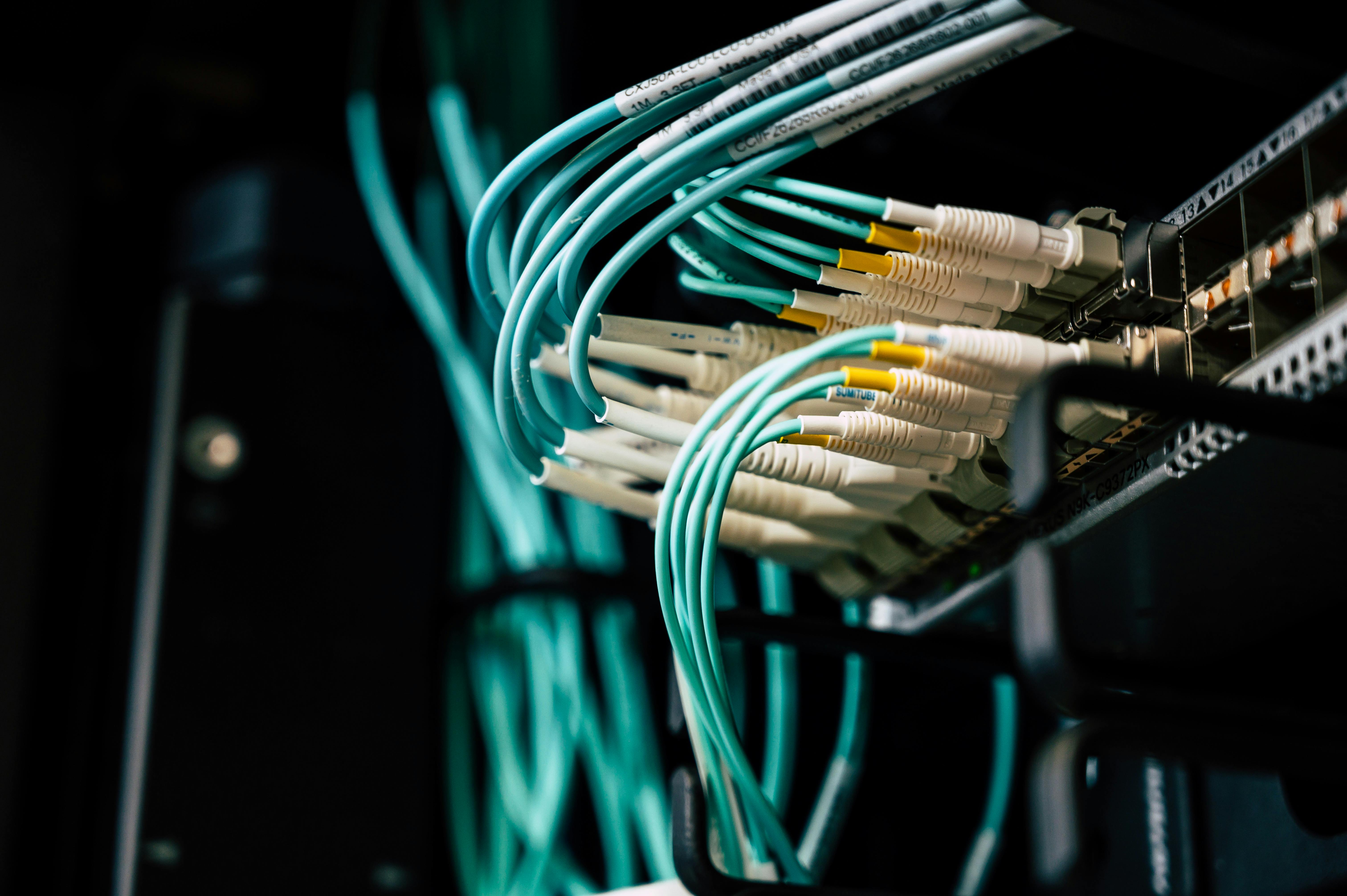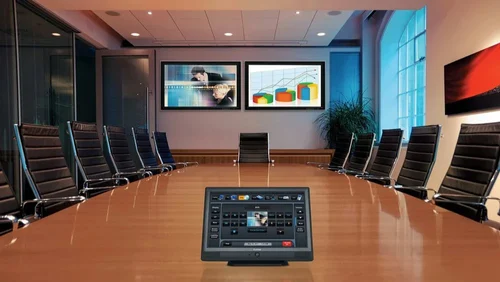
The Evolution of Physical Security: Solutions for Today's Enterprise
Why Physical Security Remains Critical in the Digital Age
While cybersecurity dominates many security discussions, physical security breaches continue to pose significant risks to organizations:
- Physical breaches are the entry point for 60% of data theft incidents
- The average cost of a physical security incident exceeds $1.2 million
- Human error and insider threats remain leading security vulnerabilities
- Physical and cyber threats are increasingly interconnected and coordinated
These realities underscore why forward-thinking organizations are investing in next-generation physical security solutions that provide comprehensive protection for their people, assets, and operations.
Transformative Physical Security Technologies for Enterprise Protection
1. AI-Powered Video Surveillance: From Passive Monitoring to Proactive Intelligence
Traditional CCTV systems required constant human monitoring and provided only reactive capabilities. Today's AI-enhanced surveillance platforms transform video feeds into actionable intelligence:
- Behavioral analytics that identify suspicious patterns before incidents occur
- Object recognition that distinguishes between normal activity and potential threats
- Anomaly detection that flags unusual events requiring investigation
- Automated tracking that follows subjects of interest across multiple cameras
These capabilities dramatically improve situational awareness while reducing the burden on security personnel, enabling more effective resource allocation and faster response times.
2. Advanced Access Control: Beyond Basic Badges
Modern access control has evolved far beyond simple card readers to create multi-layered identity verification systems:
- Biometric authentication using fingerprints, facial recognition, or iris scanning
- Mobile credentials that transform smartphones into secure access devices
- Multi-factor authentication combining something you have, know, and are
- Visitor management systems with pre-registration and automated screening
Advanced access control creates security that's simultaneously more robust and more convenient, with detailed audit trails that support compliance requirements and incident investigations.
3. Integrated Security Management: Centralizing Control and Response
The most effective security programs unify disparate systems into cohesive security ecosystems:
- Security Information and Event Management (SIEM) platforms that correlate data from multiple sources
- Physical Security Information Management (PSIM) systems providing unified interfaces
- Automated incident response workflows that ensure consistent protocol execution
- Real-time situational awareness dashboards for security operations centers
This integration eliminates dangerous security silos, creating a comprehensive view of an organization's security posture and enabling coordinated responses to complex incidents.
4. Cyber-Physical Security Convergence: Bridging Traditional Divides
The historical separation between physical and cybersecurity creates dangerous vulnerabilities in today's connected environments. Leading organizations are implementing:
- Unified security governance models spanning physical and digital domains
- Joint threat assessment methodologies that consider blended attack vectors
- Integrated incident response teams with cross-domain expertise
- Comprehensive security risk management frameworks
This convergence acknowledges that modern threats don't respect traditional security boundaries and ensures protection strategies are equally holistic.
5. IoT-Enhanced Situational Intelligence: Expanding Security Awareness
The Internet of Things (IoT) has created unprecedented opportunities for security enhancement:
- Environmental sensors that detect unauthorized access attempts
- Perimeter protection systems with thermal imaging and vibration detection
- Gunshot detection technology for immediate threat alerting
- Emergency notification systems for rapid mass communication
These technologies expand the security perimeter and provide crucial early warning capabilities that improve response times and minimize incident impacts.
Implementing Advanced Physical Security: Strategic Considerations
Organizations looking to enhance their physical security posture should consider these key factors:
Risk-Based Security Planning
Effective security begins with thorough risk assessment:
- Identify critical assets requiring protection
- Analyze potential threats specific to your industry and location
- Evaluate existing vulnerabilities in current security systems
- Implement proportionate controls based on risk prioritization
This approach ensures security investments focus on areas of greatest risk and highest potential impact.
Regulatory Compliance and Industry Standards
Physical security implementations must address relevant requirements:
- Industry-specific regulations like HIPAA, PCI-DSS, or NERC CIP
- International standards such as ISO 27001 and NIST frameworks
- Insurance requirements that may specify particular security measures
- Local building and fire codes affecting security system design
Compliance-focused security design ensures legal obligations are met while supporting broader risk management objectives.
Human Factors in Security Effectiveness
Even the most advanced security technology requires human support:
- Security awareness training for all employees
- Clear security policies and procedures with regular updates
- Executive sponsorship of security initiatives
- Security culture development that encourages vigilance
These elements ensure that technical security measures are supported by organizational practices that enhance overall effectiveness.
Conclusion: Physical Security as Strategic Investment
In today's risk landscape, physical security represents not just protection but competitive advantage. Organizations with robust, integrated security solutions demonstrate:
- Enhanced operational resilience against diverse threats
- Improved stakeholder confidence from customers and partners
- Reduced insurance premiums reflecting lower risk profiles
- Protection of key assets including people, property, and information
By implementing comprehensive physical security strategies with leading-edge technologies, enterprises create safer environments while supporting broader business objectives and continuity plans.









